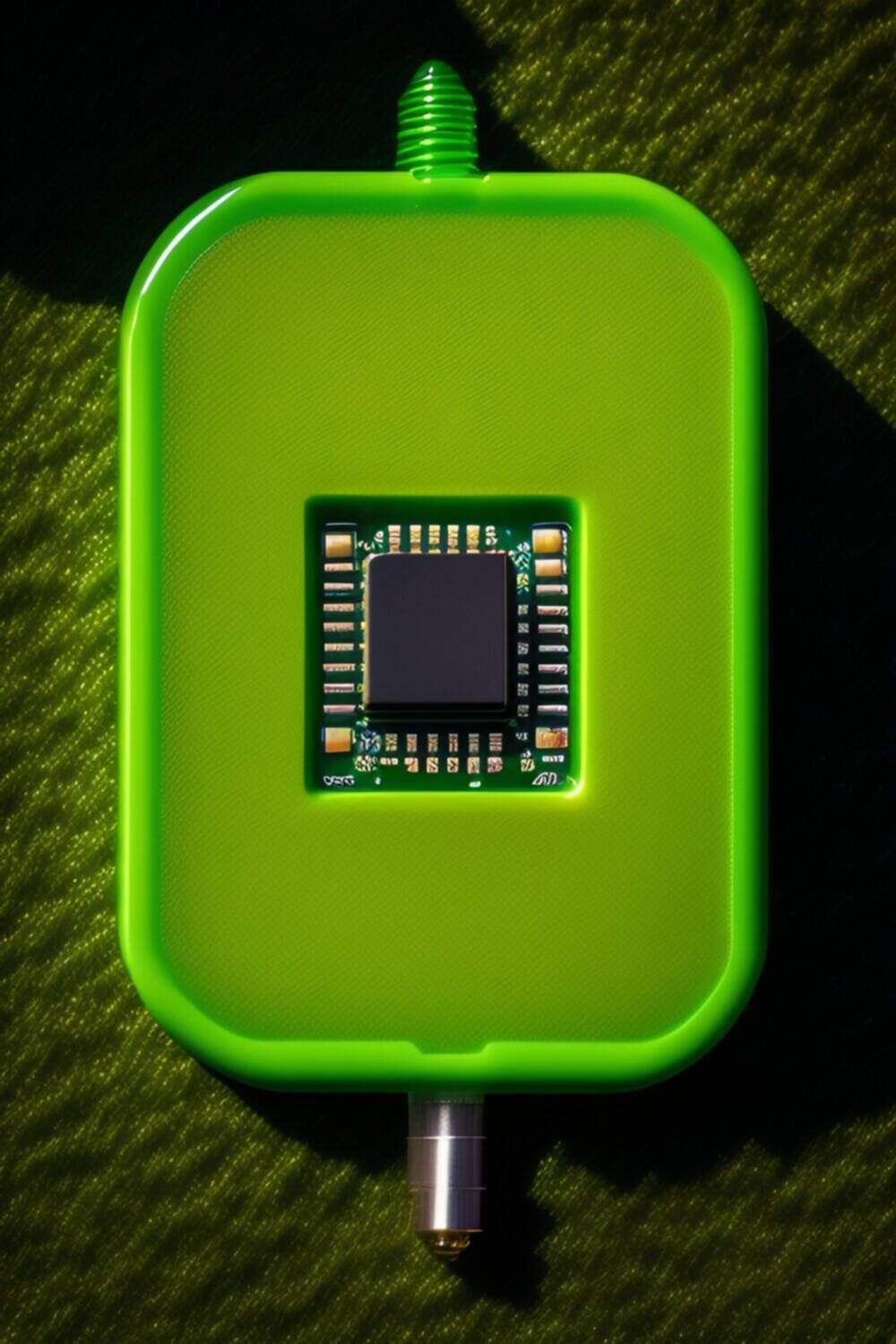The Nvidia RTX 4090 is the ultimate graphics card for scientific computing. Learn about its benefits and advantages for researchers, scientists, and other professionals in the field.
When it comes to scientific computing, having a powerful graphics processing unit (GPU) is essential. Nvidia has been a leader in this space for many years, and their latest offering, the RTX 4090, takes things to the next level. In this article, we’ll explore the benefits and advantages of choosing the Nvidia RTX 4090 for scientific computing, and why it’s the perfect choice for researchers, scientists, and other professionals in the field.
What is the Nvidia RTX 4090?
The Nvidia RTX 4090 is the latest graphics card from Nvidia, designed specifically for scientific computing. It features 10,496 CUDA cores, 328 Tensor Cores, and 82 RT Cores, making it one of the most powerful GPUs on the market. With 328 Tensor Cores, the RTX 4090 can deliver up to 330 teraflops of performance for deep learning workloads.
Benefits of Choosing the Nvidia RTX 4090 for Scientific Computing
-
Unmatched Performance: The Nvidia RTX 4090 offers unparalleled performance for scientific computing workloads. Its massive number of CUDA cores, Tensor Cores, and RT Cores, along with its 24GB GDDR6X memory, allow it to handle even the most demanding tasks with ease. Whether you’re working with large datasets, running complex simulations, or training deep learning models, the RTX 4090 can handle it all.
-
Faster Processing: With its advanced architecture and cutting-edge features, the RTX 4090 can process data faster than ever before. This means you can complete tasks in less time, allowing you to be more productive and efficient in your work.
-
Improved Accuracy: The RTX 4090’s Tensor Cores enable it to perform complex calculations with incredible accuracy. This is essential for tasks like machine learning and data analysis, where even small errors can have a significant impact on results.
-
Enhanced Visualization: The RTX 4090’s advanced features also make it an excellent choice for data visualization. Its real-time ray tracing capabilities allow you to create stunning visualizations of your data, making it easier to identify patterns and trends.
-
Future-Proofing: Investing in a powerful GPU like the RTX 4090 is also an investment in the future. As scientific computing workloads continue to grow in complexity, having a GPU that can handle these demands is essential. With the RTX 4090, you can be confident that you’ll be able to handle whatever the future brings.
Should You Choose the Nvidia RTX 4090?
If you’re a researcher, scientist, or other professional in the scientific computing field, the Nvidia RTX 4090 is an excellent choice. Its unmatched performance, faster processing, improved accuracy, enhanced visualization, and future-proofing capabilities make it the ideal GPU for demanding scientific workloads.
In conclusion, the Nvidia RTX 4090 is the ultimate graphics card for scientific computing. Its advanced features, unmatched performance, and cutting-edge technology make it an essential tool for researchers, scientists, and other professionals in the field. If you want to take your scientific computing work to the next level, the Nvidia RTX 4090 is the way to go.


